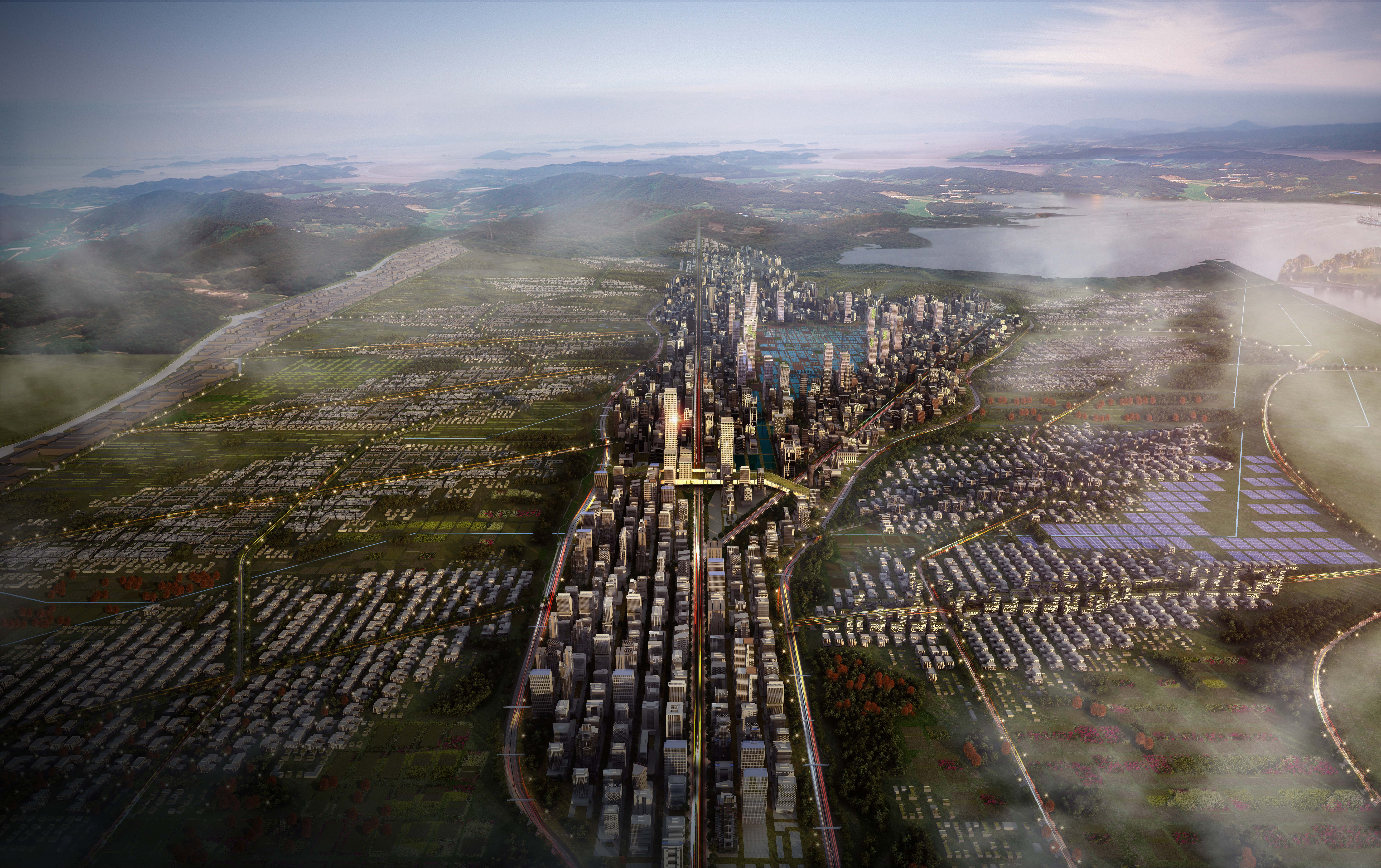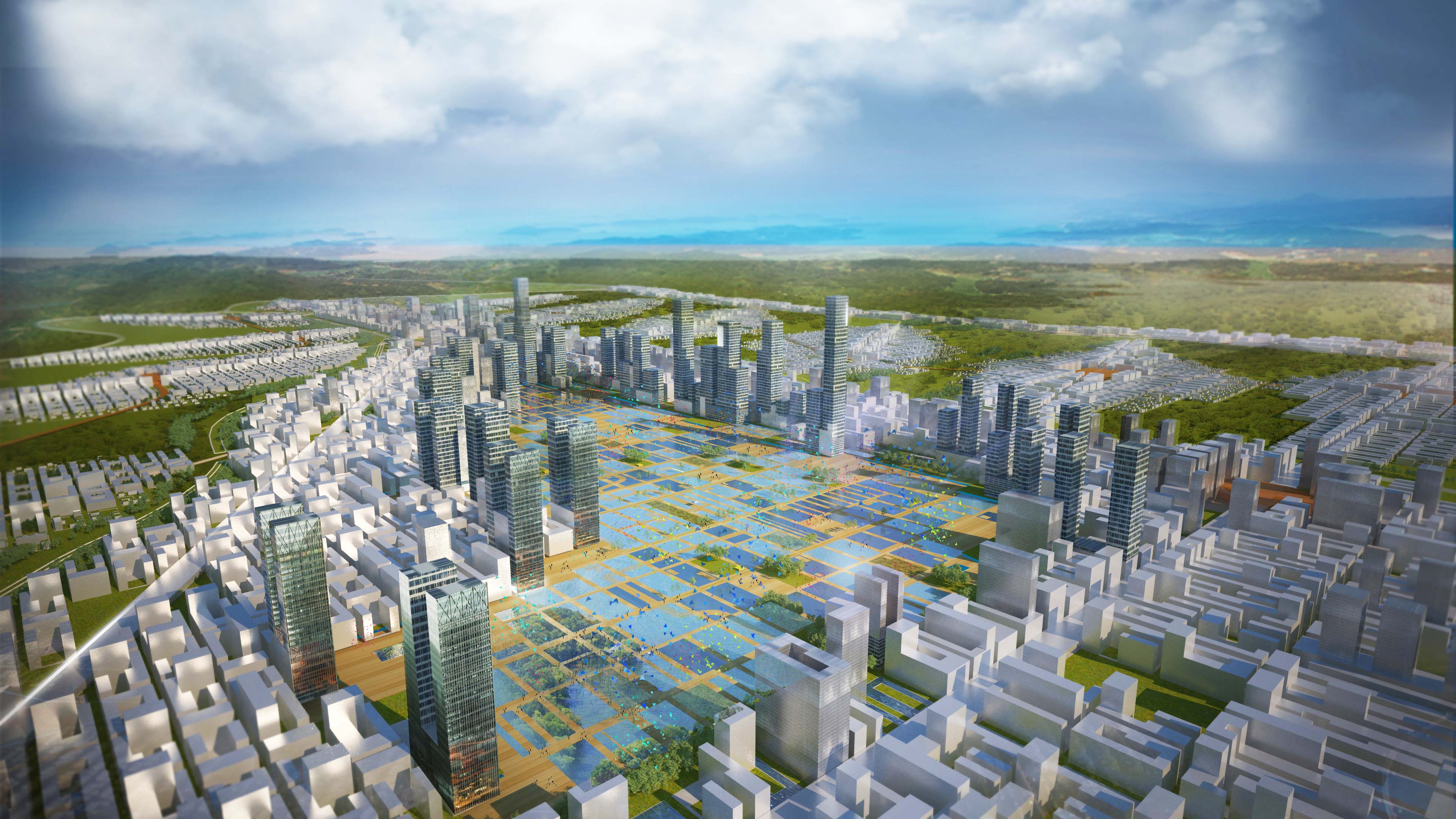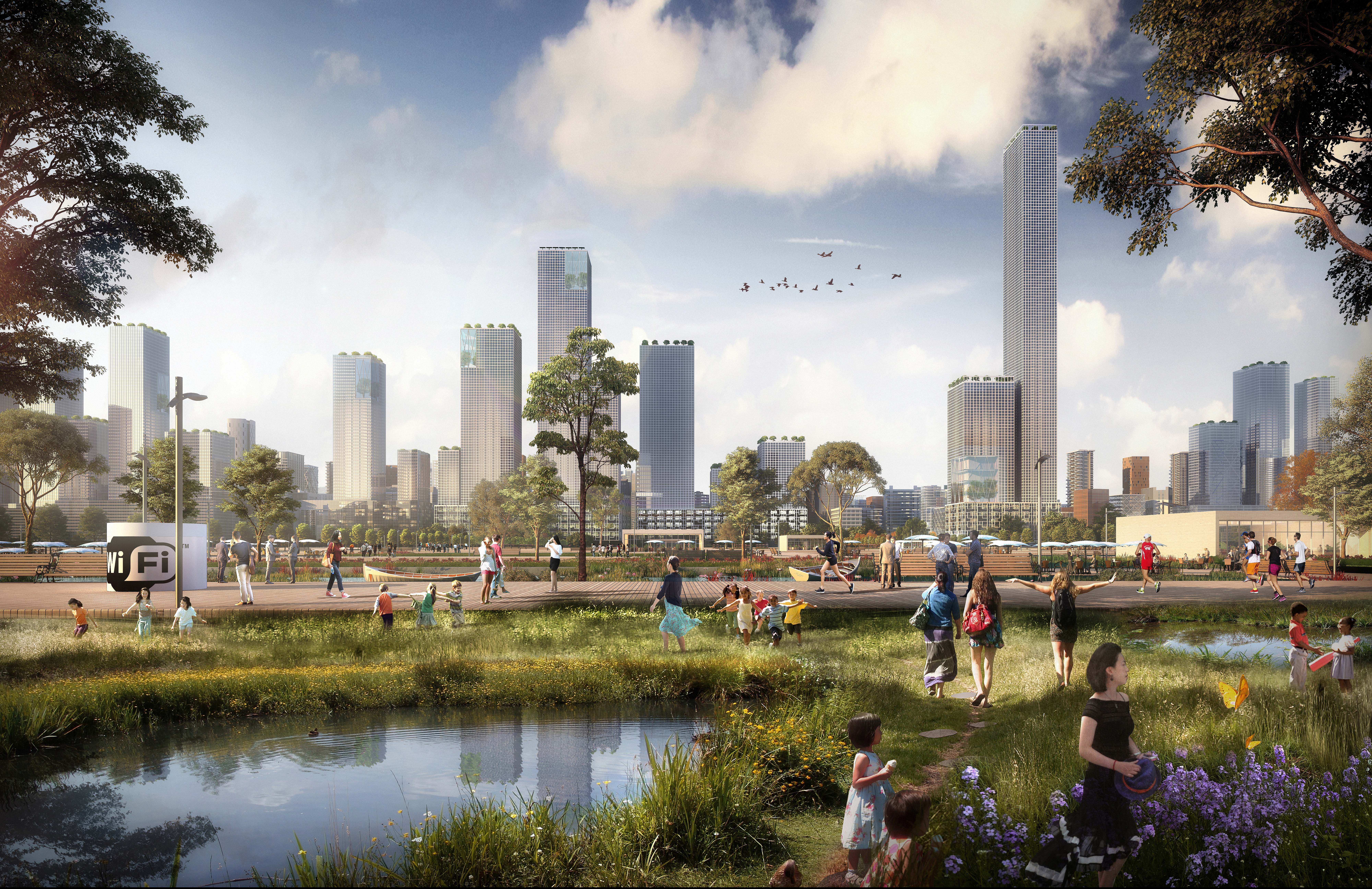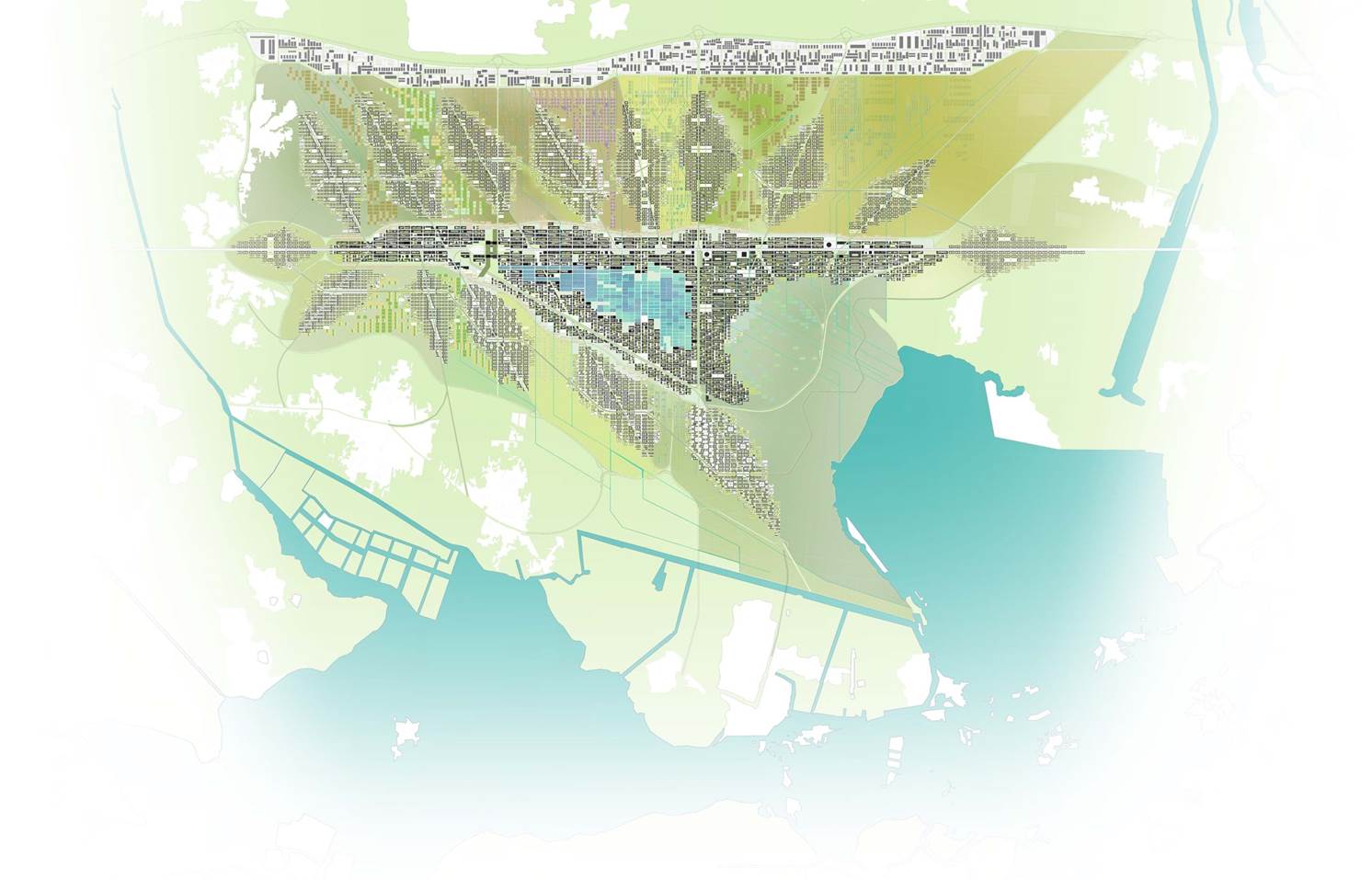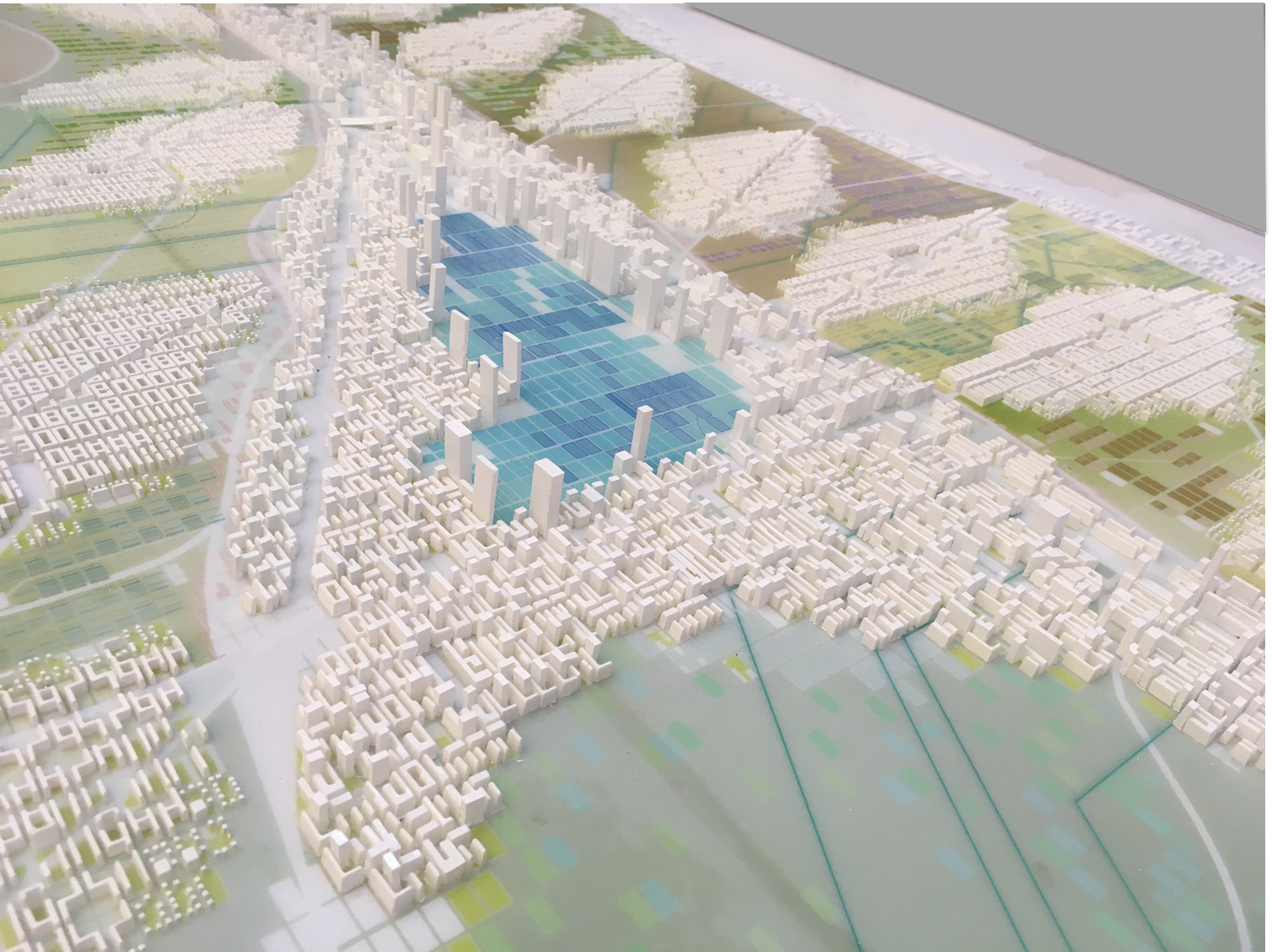Xiongan New City
Xiongan New City
City of Xiongan for 1 million inhabitants
Hebei, China
2017
Customer: Government of China
Area: 200km2
Architecture: OSA, Gonzalo Ortega and Eduardo Leira
Consultants: IBERDROLA, TST, GESTAMP, ALSA, TEMA, CSCEC, CHINA TELECOM, CUANTIC CREATIVES, INTELIFY
Contributors: Manuel Leira, Juan Manuel Pereira, Neal Andersen, Tony Wang, Lourdes Carretero, Iván Carbajosa, Julio Gutiérrez, Luis Cabau, Arian Yahyaee, Guillermo Diego, Román Ledesma, Diego Soroa, Fernando Gutiérrez, Alberto Viti, José Miguel Muñoz, Aleksandar Ivancic.
Status: International Competition Proposal
Prizes: Selected among the 12 finalists of the International Ideas Competition
The Chinese central government has designated the Baiyangdian Lake environment, 105km from Beijing and Tianjin, in Hebei Province, as the place to develop the city that will host Beijing’s non-capital functions. With initial capacity for 1 million inhabitants, it will set up with the mentioned cities the metropolitan territory called Jing-Jin-Ji with a population of 100 million.
A new virtual axis will align the three major themes of the contemporary city: good communications, talent attraction activities and a privileged natural environment. The high-speed train station that communicates with Beijing and Tianjin in 30 minutes, a technological development center supported on: a new model of government, high-tech enterprises and research centers, as well as the enviable landscape of Baiyangdian Lake, make up these three main aspects.
The distribution of isochrones of the public transport network (the whole population less than 10 minutes walking from a stop) generates the shape of the city. The boundaries between urban and rural areas are replaced by a new transition space in which districts and nature alternate, facilitating the permeability between city and natural environment.
The origin of energy is 100% renewable, with an energy self-sufficiency of 85%. An intelligent grid characterized by bringing generation next to residential consumption and in which the accumulated energy in the batteries of the vehicles (V2G) and the residual energy generated in the homes (H2G) is used for public use.
The city is built preserving the continuity of the wetland ecosystem characteristic of Baiyangdian Lake. On the current level of the territory, and up to the definitive level that protects it from flooding, all necessary underground pipelines are incorporated through prefabricated systems: public facilities, distribution of products, waste collection … etc.
A sustainable urban approach from environmental protection, social balance and economic development, incorporating information technology in its design: Biometrics, Internet of Things, Artificial Intelligence, Big Data, to reduce travel times and occupation of the territory, as well as generating attractive spaces for coexistence. The city is not just a mere technology showroom but as a facilitator of wellbeing for citizens: healthier, more prosperous and more… friendly: SENTIENT CITY.

